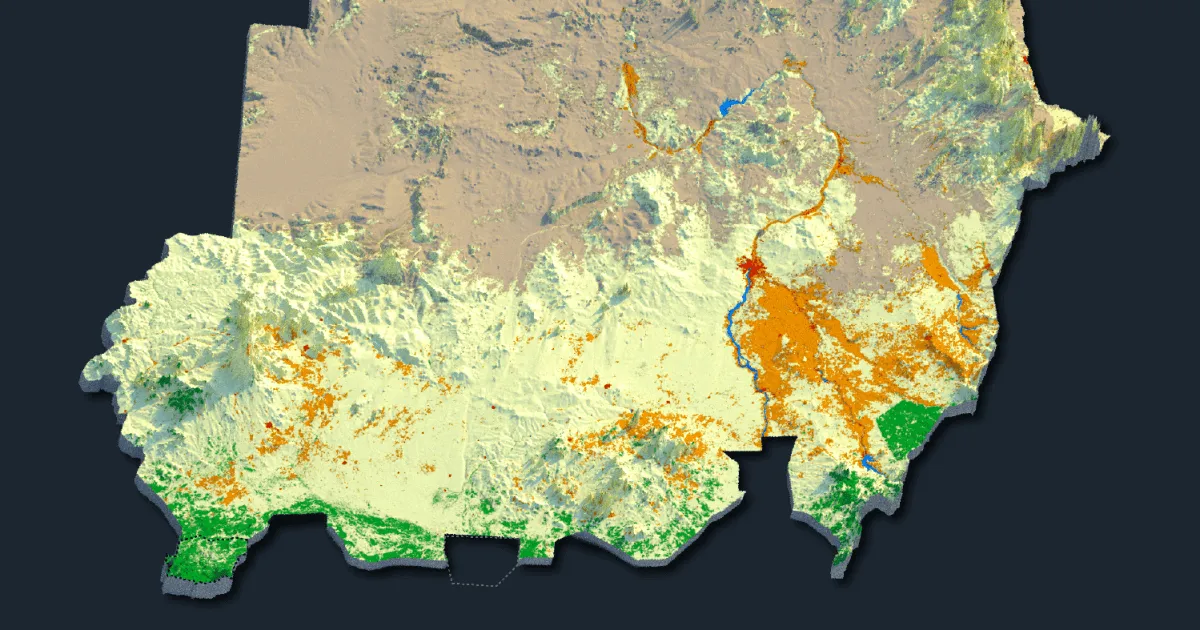
Russia has recorded its first rise in unemployment since February, climbing from a record low of 2.1% to 2.2% in September.
- Super-low unemployment, which Vladimir Putin loves to hail as an example of Russia’s economic success, is a sign of the on-going overheating in the labor market. Russia has long faced a labor shortage. The underlying reason — demographics — has not changed for years. The population is aging, birth rates are not growing. Even putting the pension age up five years has not solved the problem. For many years, the government satisfied labor needs via migrants from Central Asia, and, before 2022, some from Ukraine.



- But since the invasion of Ukraine, the situation has deteriorated fast. The rapid growth of the defense sector, import substitution and state support for construction has sparked high demand for labor. In addition, the army needs recruits, competing for men in the workforce. The flow of workers has decreased: Ukrainian migrant workers long since stopped coming to Russia, the army has been scooping up tens of thousands of men a month, the 650,000 people who left the country in 2022 have not rejoined the labor market and the authorities have been clamping down on Central Asian migrants to curb social unrest.
- As a result, the competition for workers has fuelled wage increases without any growth in productivity. That pushed up inflation, which constrains the value of those higher nominal wages. “Low unemployment, nobody would argue, is a great blessing: every pair of hands is busy and they're in great demand. But in our case, low unemployment has turned into a labor shortage,” Central Bank chief Elvira Nabilullina said Thursday in an address to the Duma.
- That same record low unemployment is one of the main reasons why the Central Bank is keeping interest rates high. In its statement accompanying the modest rate cut of 0.5 percentage points last week, the Central Bank said: “Tensions in the labor market persist. Salaries are rising slower than in 2024 but the rate of increase is currently outpacing labor productivity growth.”
- The economic slowdown, which the Central Bank and the government are calling “a return to a sustainable growth trajectory”, should ease pressure on the labor market. Central Bank surveys suggest that fewer companies are facing staff shortages, but unemployment remains at record lows.
Why the world should care
September’s rise in unemployment could be an encouraging sign for those who are hoping that interest rates fall. Seasonal factors usually see unemployment down in September, so this rise could indicate something of a broader easing of the labor shortage. But one swallow does not a summer make. The Central Bank is cautious, saying it needs to understand how sustainable the situation is. Until demand for labor declines (or supply increases, which is unlikely during the war and amid anti-migrant campaigns) and wage increases slow, the Central Bank will continue to be very cautious about cutting interest rates.



